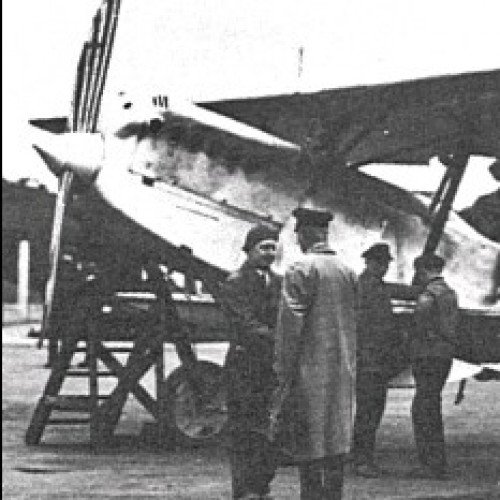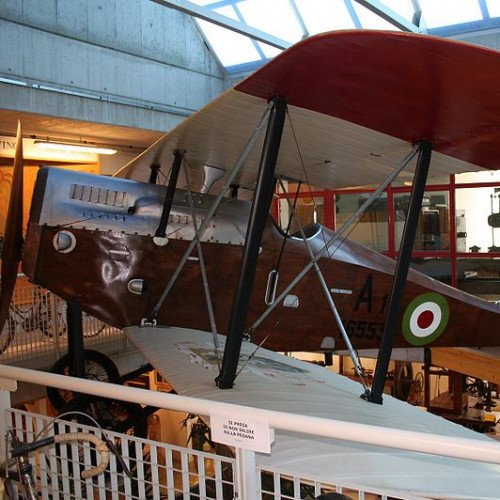Albatros L 77v vs Ansaldo A.1 Balilla

Albatros L 77v
The Albatros L 77v was a German tandem two-seat reconnaissance fighter biplane, four examples of which were built under license for Albatros Flugzeugwerke by Ernst Heinkel Flugzeugwerke in 1928. Based upon the L 76 Aeolus reconnaissance trainer, the aircraft was powered by a 450 kW (600 hp) BMW VI 5.5 water-cooled V12 engine. Like the L 76, the L 77v had a fabric-covered welded-steel fuselage and wooden dual-spar wings with plywood skins supported by N-type struts. It was armed with twin 7.92 mm (.312 in) machine guns in fixed forward-firing positions and a third on a ring mounting in the rear cockpit. Three of the aircraft saw service performing armament trials in Lipetsk in the Soviet Union; these included one aircraft testing a free-mounted 20 mm cannon. The fourth aircraft had been destroyed while undergoing tests in March 1929. Between December 1929 and their retirement in October 1931, the surviving L 77vs were based at the Staaken Erprobungsstelle (Test Centre).
Statistics for this Xoptio

Ansaldo A.1 Balilla
The Ansaldo A.1, nicknamed "Balilla" after the Genoan folk-hero, was Italy's only domestically-designed fighter aircraft of World War I to be produced in Italy. Arriving too late to see any real action, it was however used by both Poland and the Soviet Union in the Polish-Soviet War.